In recent weeks, we’ve seen a surge of announcements in autonomous agents within the enterprise software landscape. Industry giants like Salesforce and ServiceNow are racing to develop and deploy AI-powered agents that can automate complex tasks within their respective platforms. While this marks an exciting new phase in enterprise software evolution, it’s crucial to recognize the limitations of a single-platform approach and consider a more realistic vision for the future of autonomous agents in the workplace.
The Single-Platform Illusion
The current trend among major software providers is to create autonomous agents that operate exclusively within their own ecosystems. This approach offers certain advantages, such as deep integration with existing tools and a controlled environment for AI operations. However, it fails to address a fundamental reality of modern business operations: the multi-system nature of most workflows.
The Multi-System Reality
Back-office staff, customer service representatives, IT professionals, and operational agents rarely complete their tasks within the confines of a single software platform. Instead, their daily workflows often span multiple systems, web applications, and databases. These workflows are typically nuanced and vary significantly depending on the specific use case or industry.
Consider a customer service agent handling a complex inquiry. They might need to:
- Check the customer’s history in a CRM system
- Look up product information in an inventory management tool
- Consult a knowledge base for troubleshooting steps
- Update a ticket in a separate helpdesk system
- Process a refund through a financial platform
Each of these steps likely involves a different software application, often from different vendors. Expecting all of these functions to be consolidated into a single platform is unrealistic and overlooks the specialized nature of many enterprise tools.
The Path Forward: Observation, Learning, and Gradual Automation
Rather than attempting to create a monolithic “super-platform” that handles every possible task, a more practical approach to autonomous agents involves:
- Observation: Implementing systems that can watch and understand how human agents navigate between different applications and systems to complete their tasks.
- Learning: Analyzing these observations to identify patterns, common workflows, and opportunities for automation.
- Gradual Automation: Starting with simple, repetitive tasks within individual systems and progressively introducing more complex automations that span multiple platforms.
This approach allows for a more organic and flexible implementation of autonomous agents, one that can adapt to the unique needs and systems of each organization.
The Multi-Tab Autonomous Agent
Just as human workers today often have multiple browser tabs open to access different systems, future autonomous agents will need the capability to “traverse” multiple platforms to complete complex tasks. This is where innovative approaches like 8Flow’s come into play.
8Flow’s technology represents a paradigm shift in how we think about autonomous agents in multi-system environments. Instead of relying on complex integrations or API connections, 8Flow takes a more intuitive, human-like approach:
- Learning by Observation: 8Flow’s system observes and learns from human agents as they perform their daily tasks across various web applications. It captures the nuances of how agents navigate between different systems, input data, and make decisions.
- Web Automation: Using the knowledge gained from observation, 8Flow can replicate human actions through sophisticated web automation. This means the autonomous agent can interact with web interfaces just as a human would, without requiring any changes to existing systems.
- No IT Integration Required: Unlike traditional approaches that demand extensive IT involvement and system integrations, 8Flow’s method works with existing web applications as they are. This significantly reduces implementation time and complexity.
- Continuous Learning and Improvement: As 8Flow collects more data about workflows, it becomes increasingly capable of handling a wider range of cases. It starts with simple, repetitive tasks and gradually builds up to managing more complex scenarios.
- Confidence-Based Resolution: The system assesses its confidence in handling each case based on the wealth of workflow data it has accumulated. This allows for a gradual, controlled rollout of automation, with human agents handling cases where the system’s confidence is lower.
This approach mirrors how human agents work – moving between different applications, remembering processes, and applying learned knowledge to new situations. By doing so, 8Flow’s autonomous agents can adapt to the diverse and often fragmented technological landscape of modern enterprises without requiring a complete overhaul of existing systems.
As the technology continues to evolve, we can expect these multi-tab autonomous agents to become increasingly sophisticated, handling a growing proportion of complex, cross-system workflows that were previously thought to require human intervention.
Conclusion
While the development of platform-specific autonomous agents is an important step forward, the future of enterprise automation lies in creating flexible, multi-system solutions. By focusing on observation, learning, and gradual automation across various platforms, we can develop autonomous agents that truly mirror the complex, interconnected nature of modern business processes.
As we move forward, the most successful implementations of autonomous agents will be those that can adapt to the diverse technological landscapes of modern enterprises, rather than trying to force all operations into a single, monolithic system.
Contributed blog post by 8Flow.
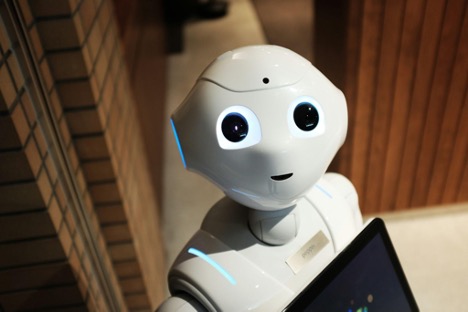


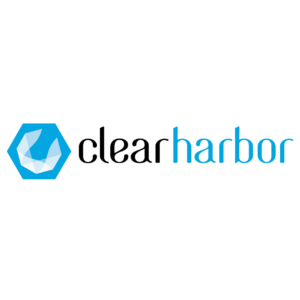











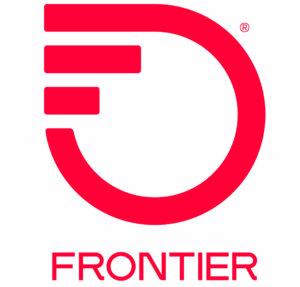











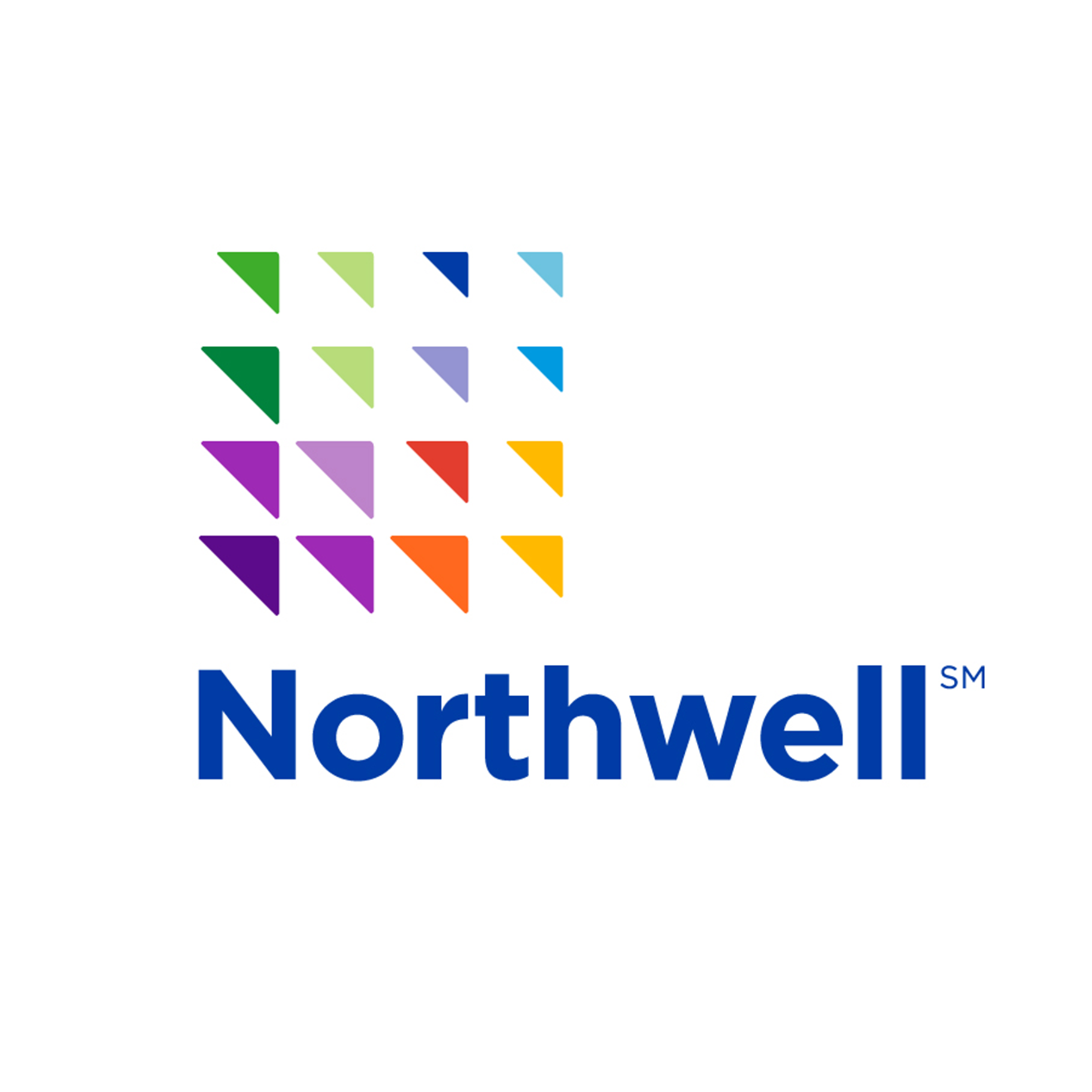































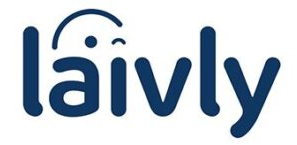



 TELUS Digital
TELUS Digital ibex delivers innovative BPO, smart digital marketing, online acquisition technology, and end-to-end customer engagement solutions to help companies acquire, engage and retain customers. ibex leverages its diverse global team and industry-leading technology, including its AI-powered ibex Wave iX solutions suite, to drive superior CX for top brands across retail, e-commerce, healthcare, fintech, utilities and logistics.
ibex delivers innovative BPO, smart digital marketing, online acquisition technology, and end-to-end customer engagement solutions to help companies acquire, engage and retain customers. ibex leverages its diverse global team and industry-leading technology, including its AI-powered ibex Wave iX solutions suite, to drive superior CX for top brands across retail, e-commerce, healthcare, fintech, utilities and logistics.



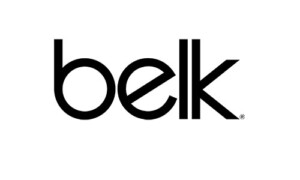


















 Trista Miller
Trista Miller




























